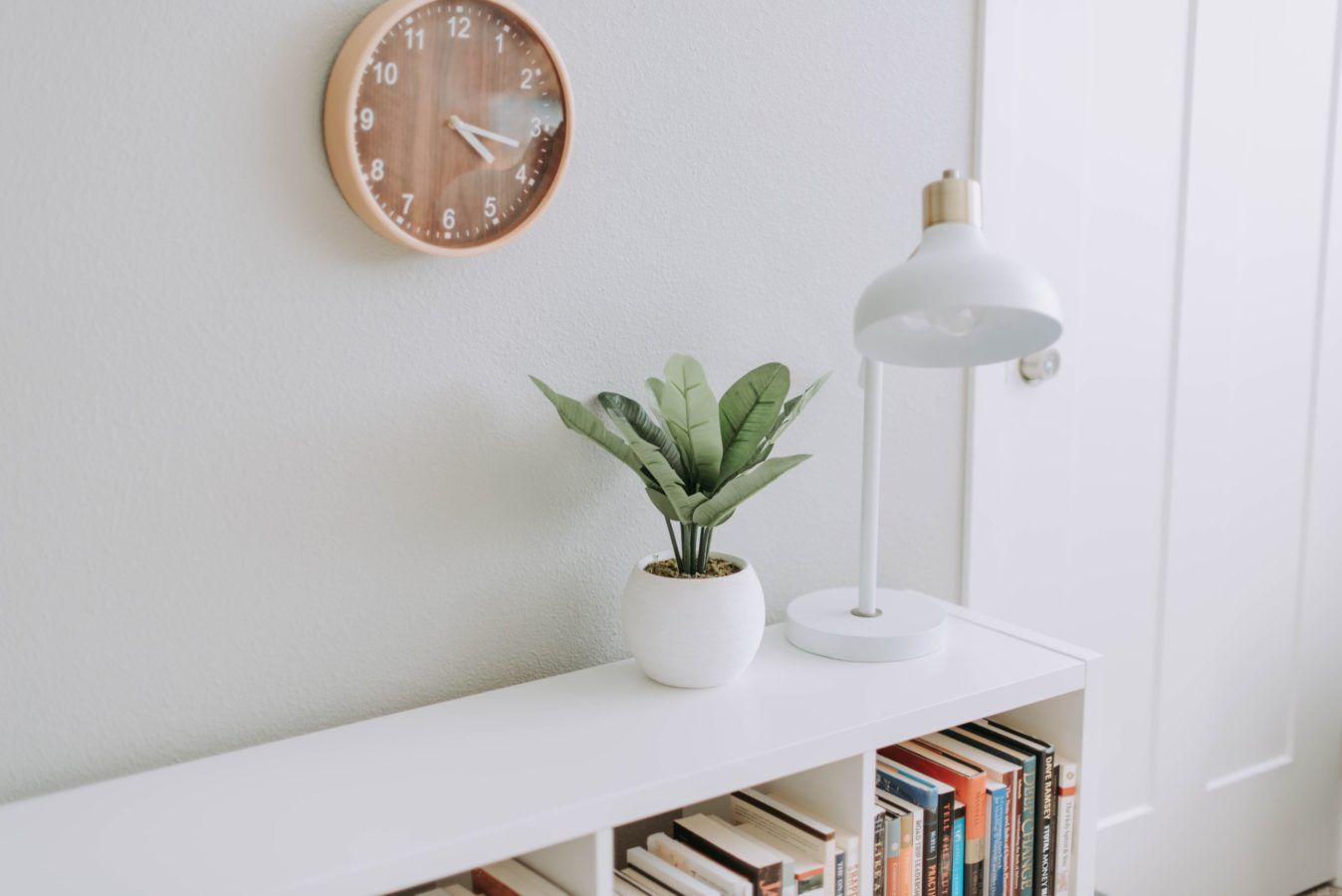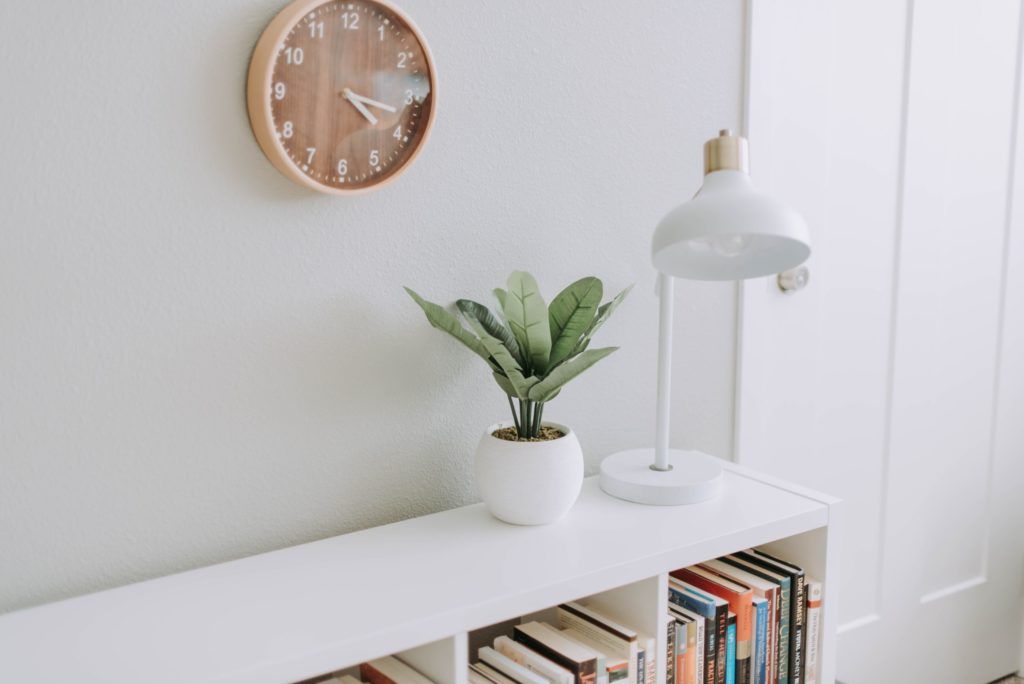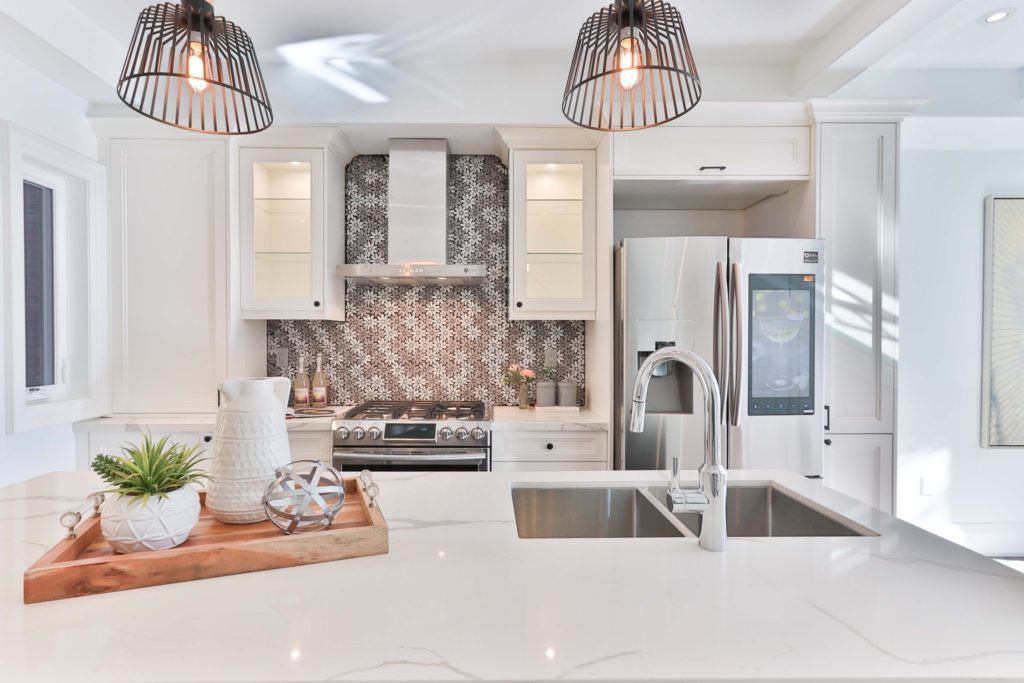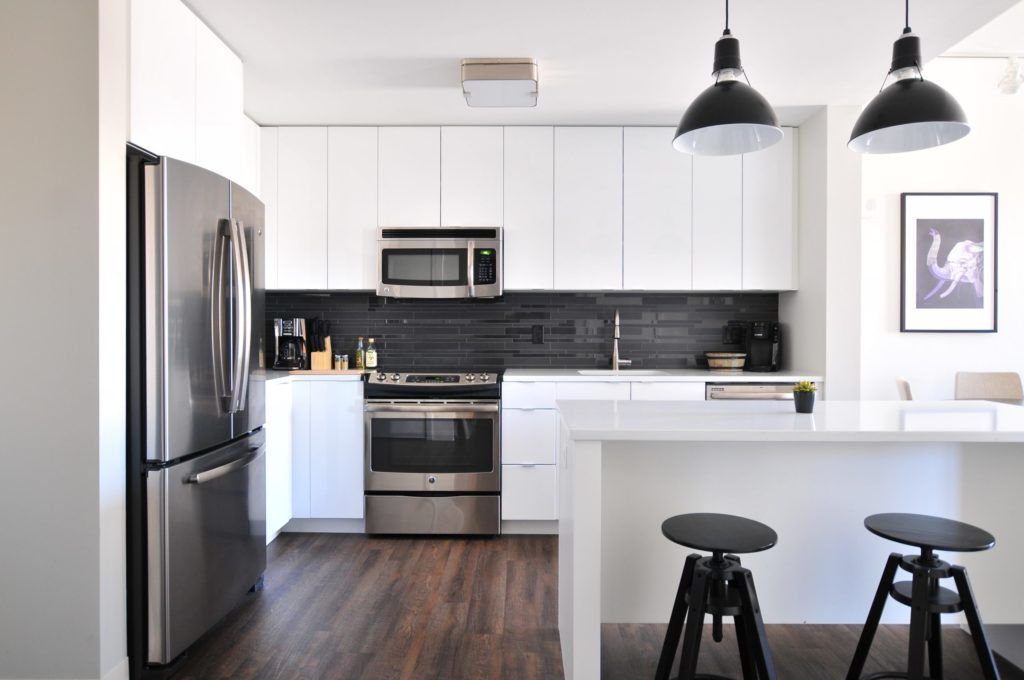Feng Shui 101: Basic principles and tips you should know


Your home is the key to your happiness. Surprised? Well, a spick and span home can do wonders when it comes to calming your nerves and uplifting your mood. To make sure that homes look the best versions of themselves, Feng Shui leaves no stone unturned.
National Geographic explains Feng Shui as an “ancient Chinese art of arranging buildings, objects, and space in an environment to achieve harmony and balance in a way that will bring peace and prosperity.” If you are looking to declutter your apartment to usher in positivity and happiness, Feng Shui might be the “silver bullet” for you.

Feng Shui means “the way of wind and water”. It roots back to early Taoism but has managed to not only retain its popularity but also spread its branches outside China to many other countries across the world.

The ancient Chinese practice originates from the Taoist concept of chi — the life force, which resides within every entity. Chi is formed when two opposing and complementary forces — yin and yang — come together.
Yin represents feminine energy and is often associated with nighttime, coolness and quiet. While yang is the complementing masculine energy represented by the sun, sociability and heat.
Feng Shui is all about harmoniously balancing these two energies, by building structures, arranging furniture and other decor items in a way that enhances the flow of positive chi and keeps the negative chi at bay.
How does positive chi help you ask? According to the ancient Chinese people, positive chi helps in keeping diseases away, improving interpersonal relationships and ensuring good luck.
Feng Shui divides the world into five components — wood represents creativity and growth; fire stands for leadership and boldness; earth denotes strength and stability; metal signifies focus and order; water symbolises emotion and inspiration. Working around these five facets can ensure positive chi and balance the natural flow of energy.
To make balancing energies easier, Chinese Feng Shui masters invented a tool known as the Bagua map.
A Bagua map portrays the many areas or stations of one’s life — like health, career, personal life, and some others — and then correlates these stations to different parts of the individual’s home.

Hero and Featured image: Courtesy Alexandra Gorn/Unsplash.
The story first appeared on Lifestyle Asia India